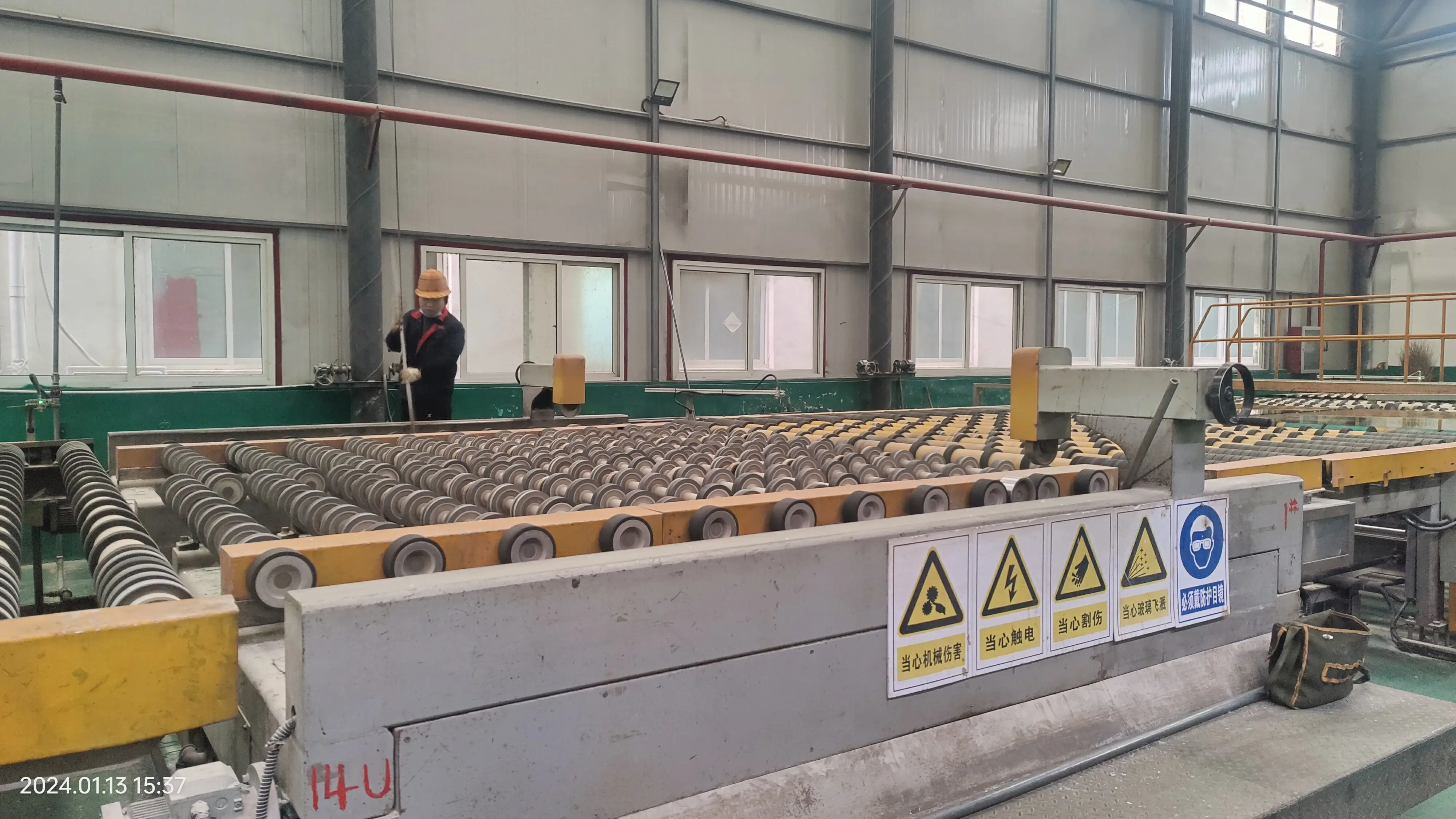

The Benefits and Applications of Sun Ban Reflective Glass
In today’s world, where energy efficiency and sustainability are paramount, sun ban reflective glass has emerged as a vital building material praised for its practical benefits and versatile applications. This specialized type of glass is designed to minimize the amount of sunlight and heat that penetrates buildings while maximizing visibility and aesthetic appeal. By integrating sun ban reflective glass into architectural designs, property owners can achieve significant energy savings, enhance comfort, and contribute positively to environmental conservation.
Understanding Sun Ban Reflective Glass
Sun ban reflective glass is engineered with a thin reflective coating applied to one side. This coating is designed to mirror a substantial portion of the sun's rays, thus reducing glare and unwanted heat gain. In essence, it acts as a barrier that keeps interiors cool and comfortable, making it an ideal choice for large windows, facades, and glass doors in commercial and residential buildings alike.
Energy Efficiency and Cost Savings
One of the most compelling advantages of sun ban reflective glass is its ability to improve energy efficiency. With the rising costs of energy and the growing concern over climate change, building owners are compelled to seek out ways to reduce reliance on air conditioning systems. By reflecting solar radiation, sun ban reflective glass can significantly lower the amount of heat that enters a building, enabling air conditioning units to work less hard and consume less energy. This translates into substantial cost savings on utility bills, particularly in hot climates where air conditioning is essential.
Enhancing Comfort and Aesthetics
In addition to energy savings, sun ban reflective glass enhances the comfort of indoor environments. By reducing heat gain and glare, it creates a more pleasant atmosphere for occupants. This is particularly important in offices, schools, and residential spaces where productivity and comfort are critical. Furthermore, the reflective quality of the glass can add a modern and sleek appearance to buildings, providing an attractive facade that enhances curb appeal. Available in various tints and shades, sun ban reflective glass can complement a wide range of architectural styles.

Environmental Benefits
The environmental impact of sun ban reflective glass extends beyond reducing energy consumption. By lowering the demand for air conditioning, this glass helps decrease greenhouse gas emissions associated with energy production. Additionally, because it can reduce the need for artificial lighting during the day, buildings can further decrease their carbon footprint. As the construction industry increasingly adopts sustainable practices, integrating sun ban reflective glass is a step toward building greener, more responsible structures.
Applications in Various Settings
The versatility of sun ban reflective glass allows it to be utilized in numerous settings. In residential construction, it is often employed in windows and sliding doors to ensure a comfortable living environment while maintaining a stylish appearance. In commercial settings, it is commonly used in office buildings and retail spaces to create a welcoming atmosphere that encourages productivity and customer engagement.
Furthermore, sun ban reflective glass is not limited to new constructions. Many building owners are opting to retrofit existing structures with this glass to improve energy efficiency and comfort. Retrofitting with sun ban reflective glass can significantly enhance the performance of older buildings, prolonging their lifespan and reducing long-term maintenance costs.
Conclusion
Sun ban reflective glass serves as a remarkable solution for modern architectural challenges, balancing aesthetics, comfort, energy efficiency, and environmental responsibility. As the demand for sustainable building materials continues to grow, the adoption of sun ban reflective glass will likely increase, making it a popular choice in both commercial and residential markets. By embracing this innovative material, property owners can create effective, attractive, and environmentally friendly spaces that meet the needs of today while preserving the planet for future generations. With its multitude of benefits, sun ban reflective glass stands as a testament to the advancements in building technology and sustainable design.